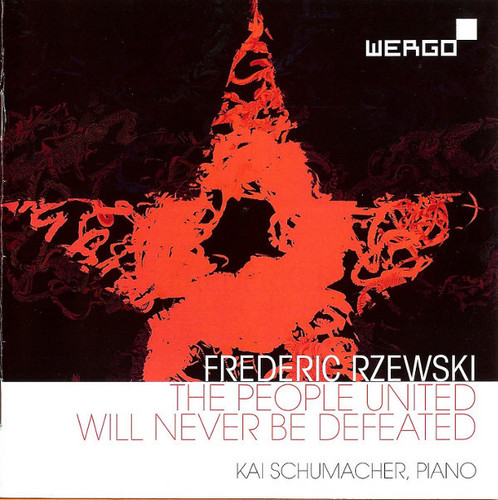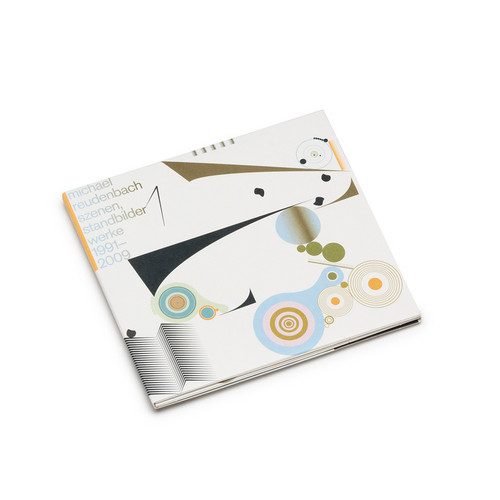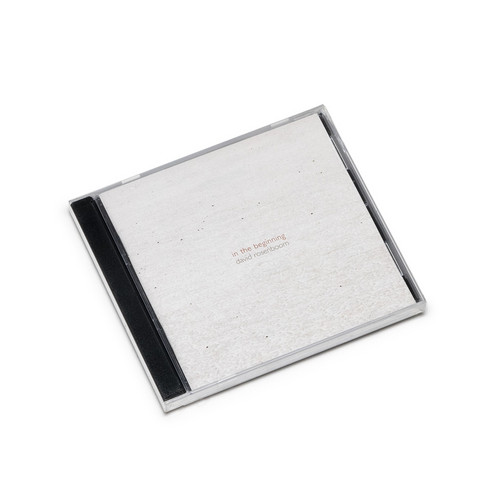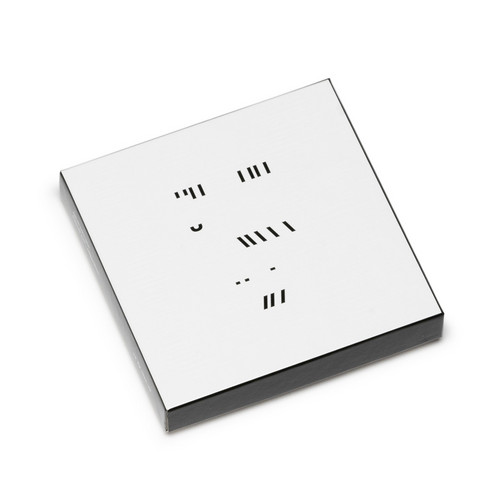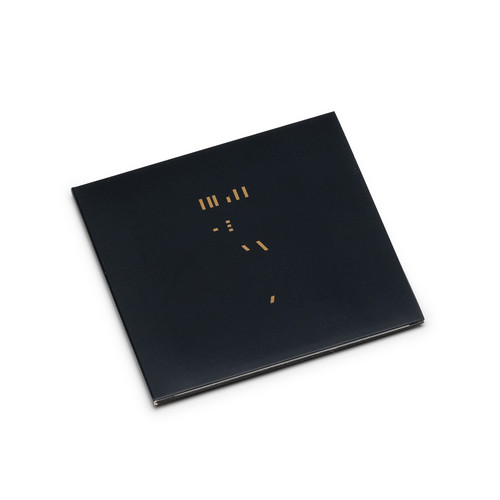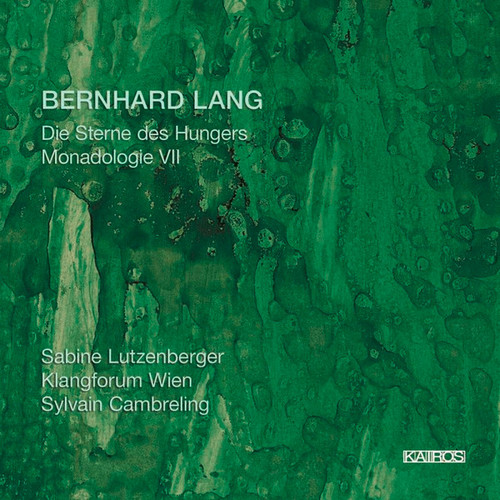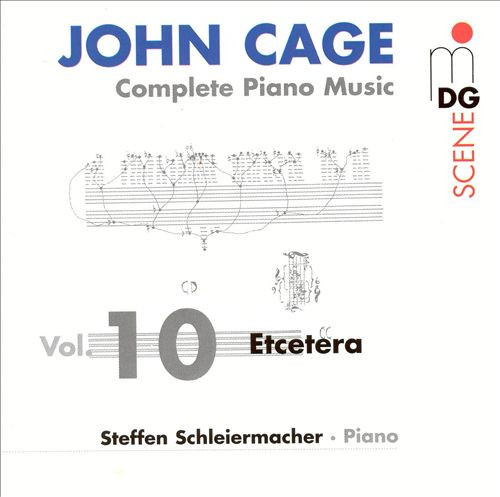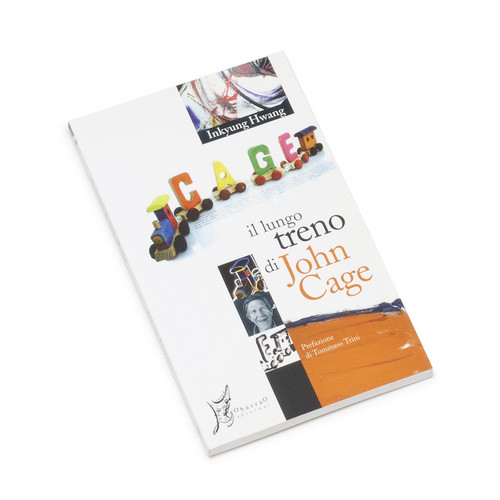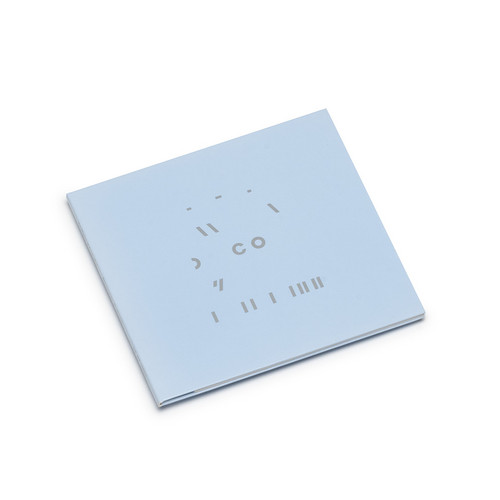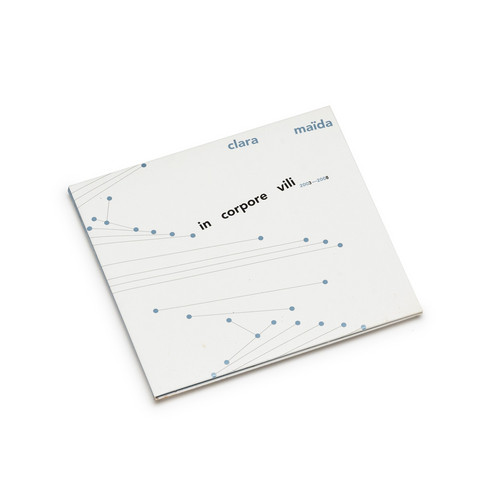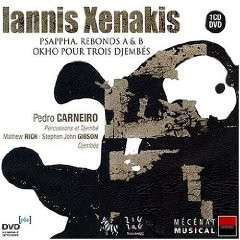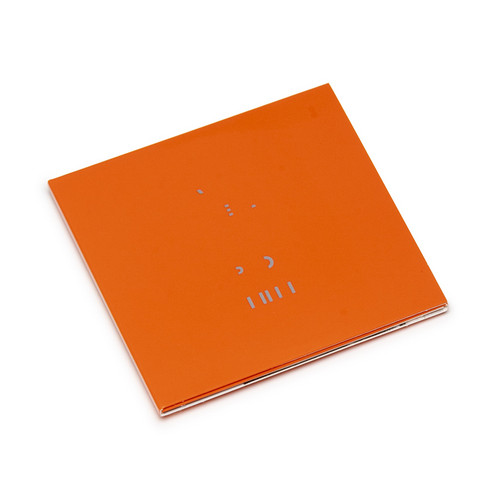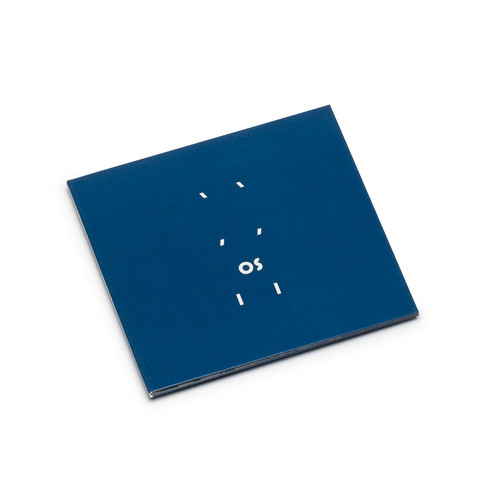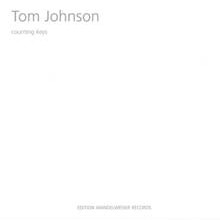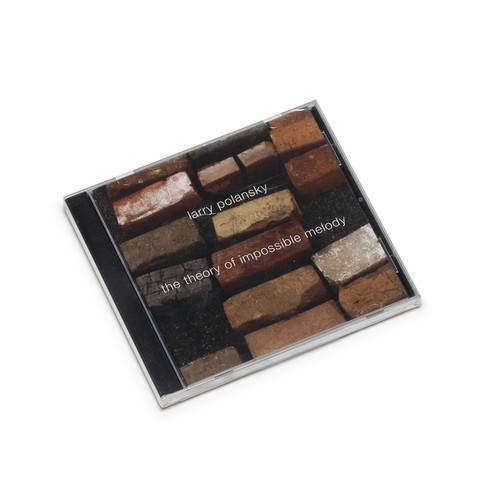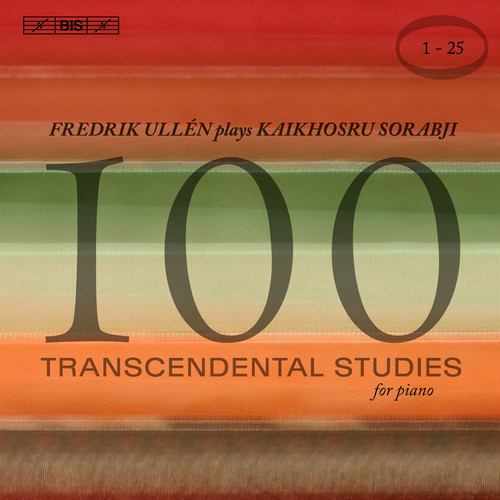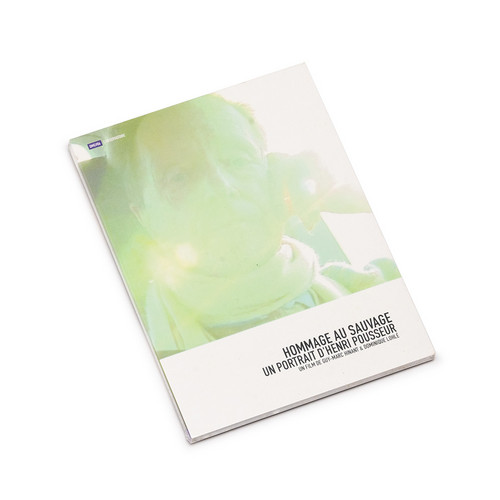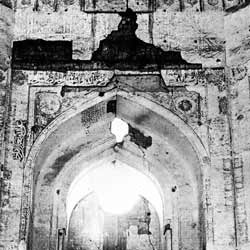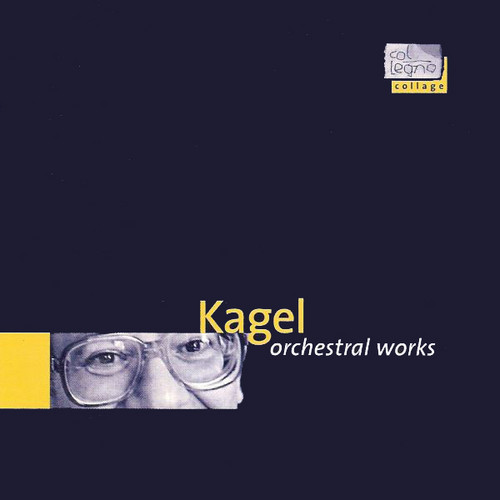The People United Will Never Be Defeated
Frederic Rzewski’s work “The People United Will Never Be Defeated” is based on the Chilean protest song, “¡El pueblo unido jamás será vencido!,” written by Sergio Ortega a few months before Pinochet’s military coup in September of 1973.Frederic Rzewski came to Europe as a young man, lived in Cologne and Rome, and created a sensation as an avant-garde pianist with his premiere of Karlheinz Stockhausen’s “Klavierstück X”. He worked with the leading composers of the time and was himself a composer.…
Szenen, standbilder. works 1991 – 2009
German composer Michael Reudenbach's works and studies from 1991-2009 are presented in a six-panel digipack with a 22-page booklet of notes, images and photos
In the Beginning
David Rosenboom (b. 1947) is a composer/performer known as a pioneer in American experimental music. This series of eight works, created between 1978 and 1981 and presented on these discs in chronological order of their composition, demonstrates a remarkable extension of Rosenboom’s techniques from his …Plymouth Rock… series of 1969–71 using the harmonic and sub-harmonic series.
The In the Beginning series exemplifies the idea of model-building as a compositional process. A simple process is def…
Fremde Zeit Addendum
4CD Box edition. Ranked #4 in the the Wire's Rewind 2012 best-of list. Three CD box collection with a 16-page booklet. "Experimental German composer Jakob Ullmann creates quiet music in order to give himself and his listeners the opportunity to hear more, and better. This comes about because our ability to hear is augmented when listening to quiet music. We hear better because we make an effort to hear better. That is why Ullmann likes to locate his sound-sources at the periphery, so as not to m…
Sirenes
Works from Volker Heyn, an outsider artist interested in acoustic process, tone gestures, friction, discontinuous movements
Die Sterne des Hungers
The Stars of Hunger, was composed in 2007. It is based on three poems by the Austrian poet Christine Lavant: “Im rueckgrat aufwaerts glimmt ein licht,” “So also geht erleuchtung vor,” “Zeig an mir die kräuter welche bestärken” and “Lösch aus mein gesicht und führe mich blind.” Rather than set the poems themselves to music, Lang used the text generation program Abulafia to produce from them a cut-up in the tradition of William S. Burroughs. The composition contains only fragments of the po…
Complete Piano Music Vol. 10 - Etcetera
“The interpreter is a very important person indeed in Cage’s piano music, and a top international expert like Steffen Schleiermacher is a must for a complete recording such as this one: he knows the nuts and bolts and all the fine nuances.”
Il lungo treno di Cage
* In Italian * L’arte contemporanea raccontata con lo sguardo di un’artista orientale che da anni studia la cultura occidentale, esplorando le sinergie tra arte e musica.L’autrice parte da Kandinsky e Schönberg, segue con passione le tracce di Duchamp, Cage e degli artisti di Fluxus, l’intreccio delle loro storie artistiche e personali. Giunge fino a Nam June Paik, padre della videoart.Con sguardo minimalista, in linea con i principi di Fluxus, disegna, attraverso gli incontri e le amicizie tra …
Simmetrie di Ritorno
Six compositions for chamber ensembles performed the Ensemble 2e2m by Giuliano D’Angiolini, ethnomusicologist and composer who "is a positively unique figure in contemporary music. His profound, well-conceived and stubborn take on music has led him to what he calls »impersonal« music — music that has fully abandoned the idea of development or form. Through successive states of presentation, which aim to elucidate, d’Angiolini wanted to leave place in sound so that music could become less volunt…
Indra's Net
A hybrid acoustic tape piece of solo violin on four track tape, and a work for four violins, composed in 1974 by Harley Gaber
In Corpore Vili
Just arrived, this is the newest edition RZ release focused on a radical electronic (+ Ensemble) music by Clara Maida "During the first years of my compositional research, my goal was to mark out, in my music, the flux of the psychic energy at work in the unconscious and its underlying structure. At the time, I was going through an analytical process favouring access to this unconscious activity, and my readings in the field of psychoanalysis were helping me in the effort to elaborate a musical …
Psappha; Rebonds A & B; Okho pour trois djembés
This amazing CD contains some of the great works for solo percussion by the authorities in the field of contemporary music. The performances and recording quality are both superb! Clearly all care and effort went into the recording and text however, the dual layered dvd /cd is in PAL format, and will require said player or a media transfer to see the studio footage and interview with Xenikas. Considering we spend much time searching for the "right music" to add to our collection, this disc…
Klangregionen 1951-2007
German composer Josef Anton Riedl doesn’t have many releases to show for nigh on six decades of activity. Of his small handful of albums, all long out of print, the best known is a 1972 Wergo LP. The second half of the noughties saw a minor swell of interest in Riedl’s work – the Wergo album was given the Creel Pone CD-R bootleg treatment in 2005, and one of his compositions was included on the fifth volume of Sub Rosa’s Anthology Of Noise And Electronic Music series – but for the most part he r…
Mondweiß
Recordings from the Elektronic Studio at the TU Berlin, the Studio of the Institut International de Musique Electroacoustique de Bourges, and at Patrick Kosk's own studio
Counting Keys
2009 release **
"In case you're surprised to find a Tom Johnson album on Wandelweiser – after all, I reckon there are more actual notes on Counting Keys than on the rest of the albums released on the über-redux label put together – it's worth remembering that Tom Johnson and Wandelweiser prime mover Antoine Beuger know and greatly respect each other's work. This collection of four pieces spanning nearly three decades of Johnson's career is one of the composer's more accessible (though no less ri…
The theory of impossible melody
Larry Polansky (1954–2024) was a visionary American composer, guitarist, theorist, and educator whose work forged deep connections across mathematics, computer science, intonation theory, and experimental music. His compositions-performed here by collaborators including Jody Diamond (voice), Chris Mann (voice), Phil Burk and Larry Polansky (live computers, fretless electric guitars), and Robin Hayward (tubas)-embody a rare synthesis of rigorous theory and expressive musicality.
Polansky’s music …
100 Transcendental Studies For Piano 1-25
Sorabji's style was deeply indebted to the music of the Middle East, some forms of which, during performance, last for hours or days at a time: his piano writing is typically elaborate from the torrential upward sweep in Mouvementé (I) via the wild and spiky V to the grotesque hammering angularity of XXV - a fantastic Medtnerian march. The dramatic and passionate writing in between …
Hommage Au Sauvage - A Portrait
This portrait of renowned composer Henri Pousseur arrives just days after his death at the hands of bronchial pneumonia, aged 79. The documentary goes some way towards conveying Pousseur's warmth and openness as well as giving some impression of the breadth of his career and its accomplishments. The film documents Pousseur taking one last trip to Basel's Fondation Paul Sacher, to which he's donated his full archive of sound materials, research and memos. In addition to spending time during the j…
The Illuminated
The music of Xela is not easily described. The alias of Type Records main-man John Twells, he has over the last decade moved through a dense fog of musical styles from abstract electronics to rusty soundscapes. In recent years his output has allied itself with darker realms, taking a liberal dose of influence from Norway's darker exponents, but retaining a deep and measured experimental focus. "The Illuminated" was originally released on cassette, a format very fitting to the gloomy, waterlogged…
Orchestral Works
Mauricio Kagel by himself: the composer, theater maker, filmmaker, virtuoso, writer of radio plays and, on the whole, all-round talent conducts his own works.
